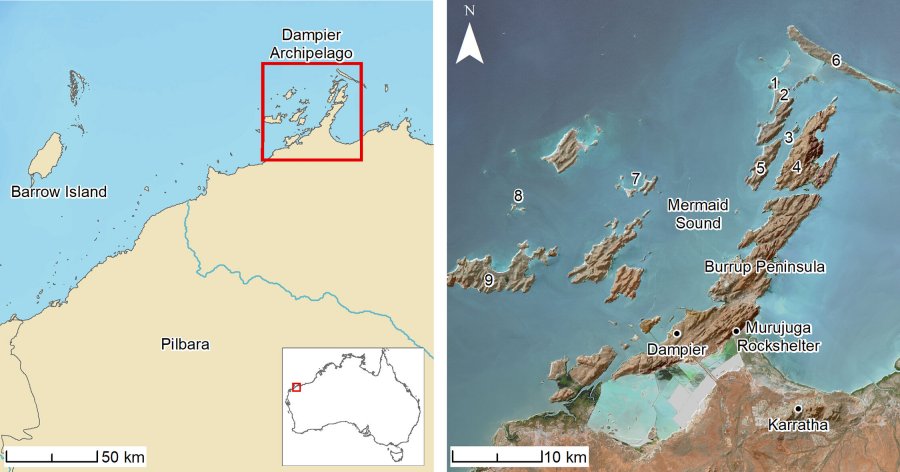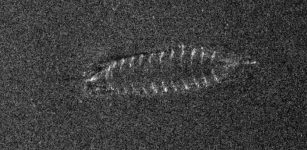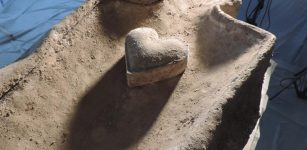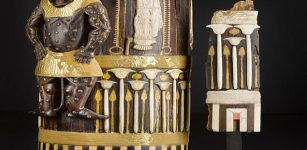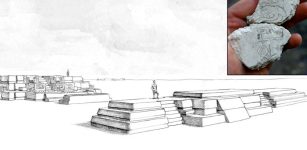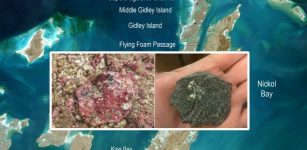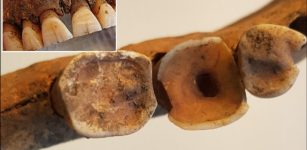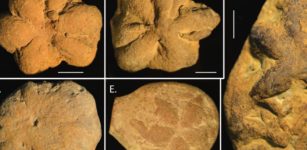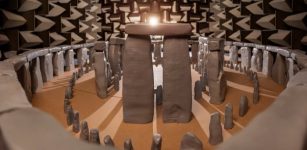Aboriginal Underwater Sites Off The Coast Of Australia – Discovered
Conny Waters - AncientPages.com - The first underwater Aboriginal archaeological sites have been discovered off northwest Australia dating back thousands of years ago when the current seabed was dry land.
The discoveries were made through a series of archaeological and geophysical surveys in the Dampier Archipelago, as part of the Deep History of Sea Country Project, funded through the Australian Research Council’s Discovery Project Scheme.
Aboriginal artifacts discovered off the Pilbara coast in Western Australia by a team of archaeologists from Flinders University, the University of WA, and James Cook University include hundreds of stone tools and represent Australia's oldest known underwater archaeology.
“Today we announce the discovery of two underwater archaeological sites that were once on dry land. This is an exciting step for Australian archaeology as we integrate maritime and Indigenous archaeology and draw connections between land and sea,” says Associate Professor Jonathan Benjamin at Flinders University’ said in a press release.
In a study published today in PLOS ONE, the ancient underwater sites, at Cape Bruguieres and Flying Foam Passage, provide new evidence of Aboriginal ways of life from when the seabed was dry land, due to lower sea levels, thousands of years ago.
The submerged cultural landscapes represent what is known today as Sea Country to many Indigenous Australians, who have a deep cultural, spiritual, and historical connection to these underwater environments.
“Australia is a massive continent but few people realize that more than 30% of its landmass was drowned by sea-level rise after the last ice age. This means that a huge amount of archaeological evidence documenting the lives of Aboriginal people is now underwater.
“Now we finally have the first proof that at least some of this archaeological evidence survived the process of sea-level rise. The ancient coastal archaeology is not lost for good; we just haven’t found it yet. These new discoveries are a first step toward exploring the last real frontier of Australian archaeology.”
The dive team mapped 269 artifacts at Cape Bruguieres in shallow water at depths down to 2.4 meters below the modern sea level. Radiocarbon dating and analysis of sea-level changes show the site is at least 7000 years old.
Written by Conny Waters - AncientPages.com Staff Writer

